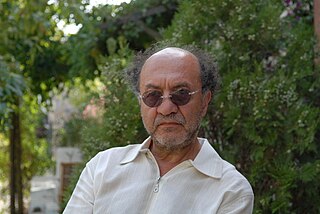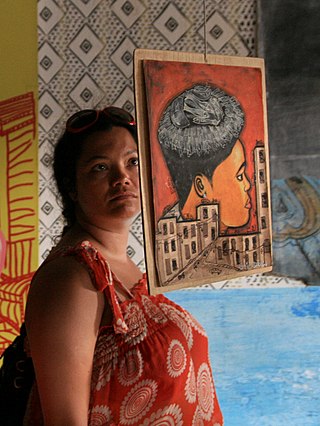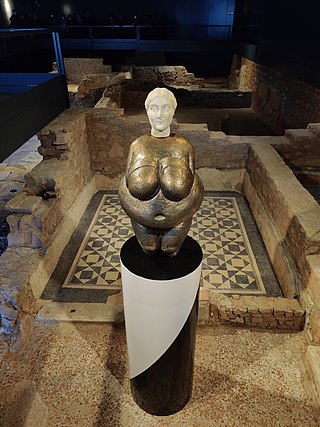
Harald Szeemann was a Swiss curator, artist, and art historian. Having curated more than 200 exhibitions, many of which have been characterized as groundbreaking, Szeemann is said to have helped redefine the role of an art curator. It is believed that Szeemann elevated curating to a legitimate art-form itself.

Jannis Kounellis was a Greek Italian artist based in Rome. A key figure associated with Arte Povera, he studied at the Accademia di Belle Arti in Rome.

Sarkis Zabunyan, known as Sarkis, is a French conceptual artist.
Rosa Martínez is an independent curator, art critic and international art advisor based in Barcelona, Spain.
Germano Celant was an Italian art historian, critic, and curator who coined the term "Arte Povera" in the 1967 Flash Art piece "Appunti Per Una Guerriglia", which would become the manifesto for the Arte Povera artistic and political movement. He wrote many articles and books on the subject.

Serge Spitzer was a Romanian-born American artist, known for his site-specific installations, sculpture, photographs and video.

Alighiero Fabrizio Boetti known as Alighiero e Boetti was an Italian conceptual artist, considered to be a member of the art movement Arte Povera.
A curatorial platform is:

Allen Ruppersberg is an American conceptual artist based in Los Angeles and New York City.

The Kunsthalle Bern is a Kunsthalle on the Helvetiaplatz in Bern, Switzerland.

Tracey Rose is a South African artist who lives and works in Johannesburg. Rose is best known for her performances, video installations, and photographs.

Carolyn Christov-Bakargiev is an Italian-American writer, art historian and exhibition maker who has been serving as the Director of Castello di Rivoli Museo d'Arte Contemporanea and Fondazione Francesco Federico Cerruti in Turin since 2016. She was Edith Kreeger Wolf Distinguished Visiting Professor in Art Theory and Practice at Northwestern University (2013-2019). She is the recipient of the 2019 Audrey Irmas Award for Curatorial Excellence.

Bill Bollinger was an American artist. In the late 1960s, he was one of the foremost sculptors of his time, routinely mentioned in the same breath as the likes of Bruce Nauman, Robert Smithson, Eva Hesse and Richard Serra. His work can be categorized as minimalist or postminimalist art.
Hugo Markl is a contemporary American artist, curator, and creative director. He studied Visual communication at the University of Applied Arts Vienna (1985–90) where he graduated with an M.A. in fine arts. His practice spans a broad range of media including sculpture, photography, video, drawing, printmaking, installation art, and performance. Markl lives in New York City.

Francesco Vezzoli is an Italian artist and filmmaker.

Fondazione Prada, co-chaired by Miuccia Prada and Patrizio Bertelli since 1995, is an institution dedicated to contemporary art and culture. From 1993 to 2010, the Fondazione has organised 24 solo shows at its exhibition spaces in Milan, conceived as dialogues with acclaimed contemporary artists. In 2015, the Fondazione Prada opened a new, permanent facility in Milan.

Gary Kuehn is an American artist who pioneered the Postminimal and Process Art movements of the 1960s.
Gianni Piacentino is an Italian artist known for his sculpture and painting inspired by motorcycles, automobiles and planes.
Pier Paolo Calzolari is an Italian artist who was originally associated with Arte Povera. He currently lives in Lisbon (Portugal).
Jean-Christophe Ammann was a Swiss art historian and curator.













